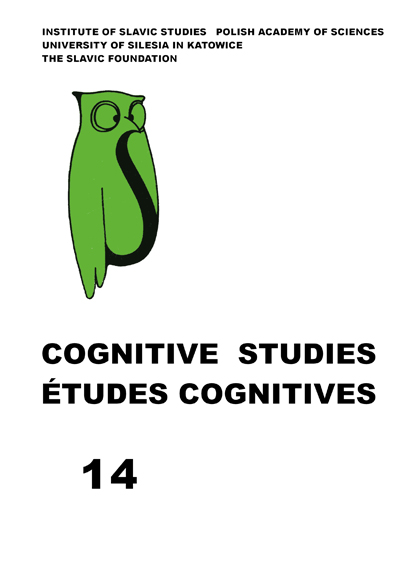Semantics, Contrastive Linguistics and Parallel Corpora
Semantics, Contrastive Linguistics and Parallel Corpora
Author(s): Violetta Koseska-ToszewaSubject(s): Language and Literature Studies, Theoretical Linguistics, Applied Linguistics, Semantics
Published by: Instytut Slawistyki Polskiej Akademii Nauk
Keywords: contrastive studies; online dictionary; parallel corpora; direct approach to semantics; semantic interlanguage; Petri nets; semantic annotation
Summary/Abstract: In view of the ambiguity of the term “semantics”, the author shows the differences between the traditional lexical semantics and the contemporary semantics in the light of various semantic schools. She examines semantics differently in connection with contrastive studies where the description must necessary go from the meaning towards the linguistic form, whereas in traditional contrastive studies the description proceeded from the form towards the meaning. This requirement regarding theoretical contrastive studies necessitates construction of a semantic interlanguage, rather than only singling out universal semantic categories expressed with various language means. Such studies can be strongly supported by parallel corpora. However, in order to make them useful for linguists in manual and computer translations, as well as in the development of dictionaries, including online ones, we need not only formal, often automatic, annotation of texts, but also semantic annotation — which is unfortunately manual. In the article we focus on semantic annotation concerning time, aspect and quantification of names and predicates in the whole semantic structure of the sentence on the example of the “Polish-Bulgarian-Russian parallel corpus”.
Journal: Cognitive Studies | Études cognitives
- Issue Year: 2014
- Issue No: 14
- Page Range: 85-100
- Page Count: 16
- Language: English

